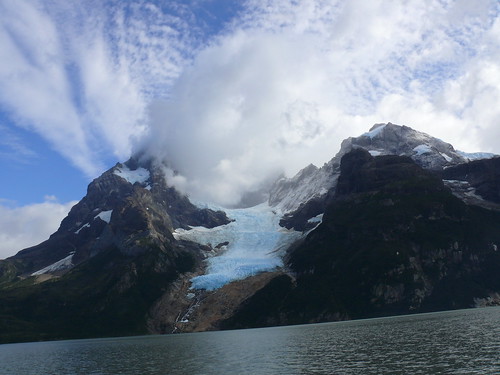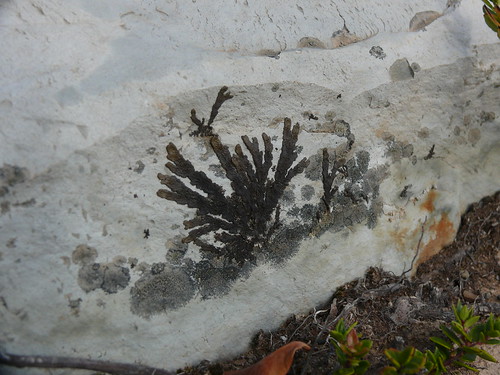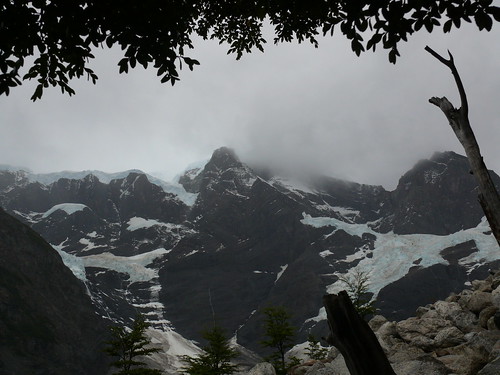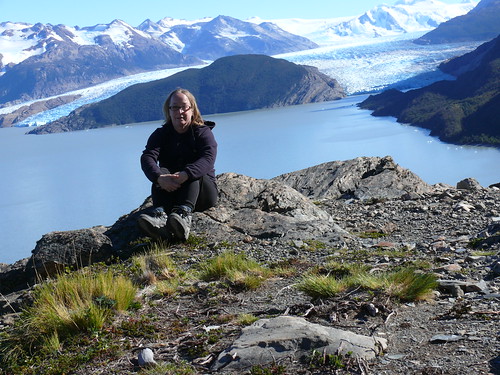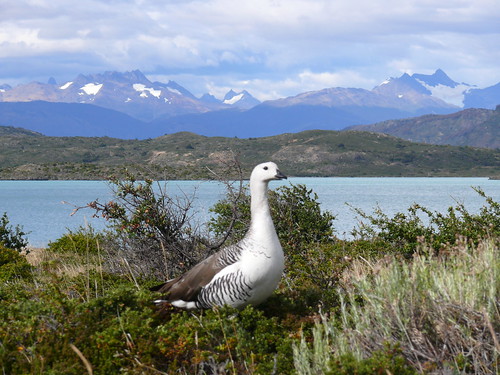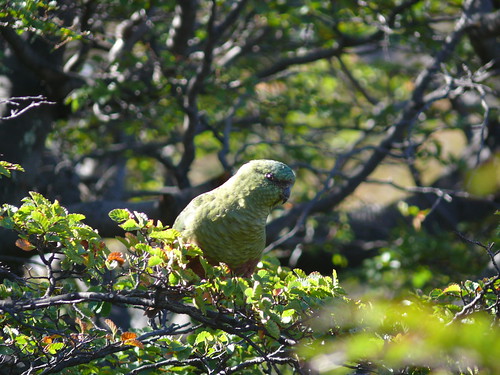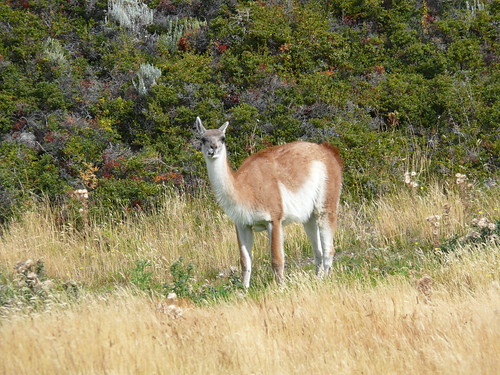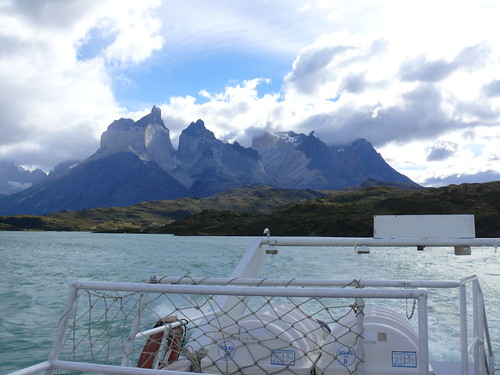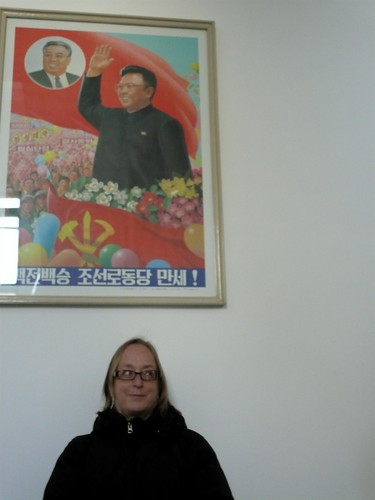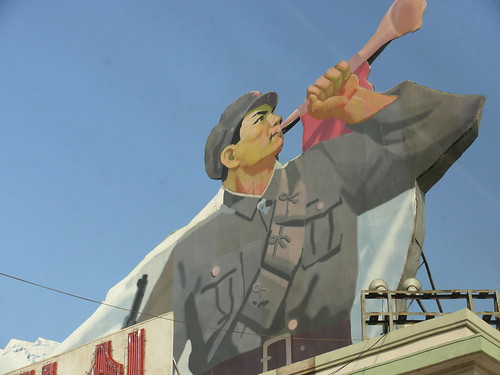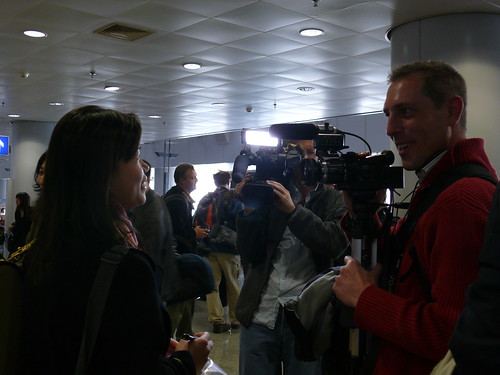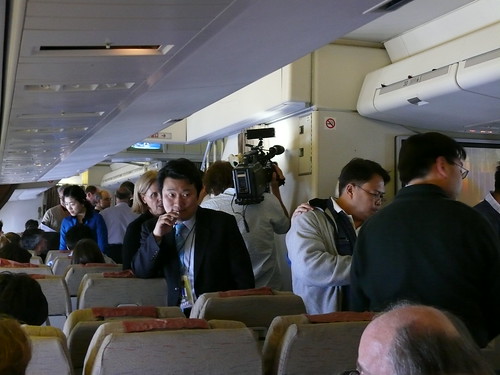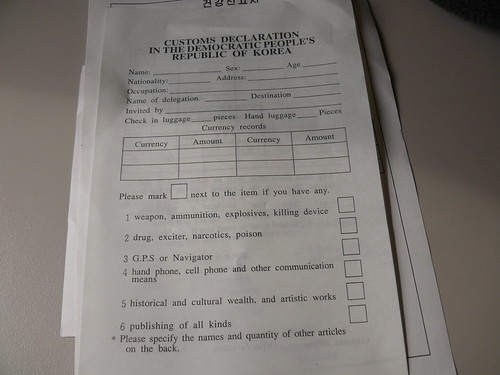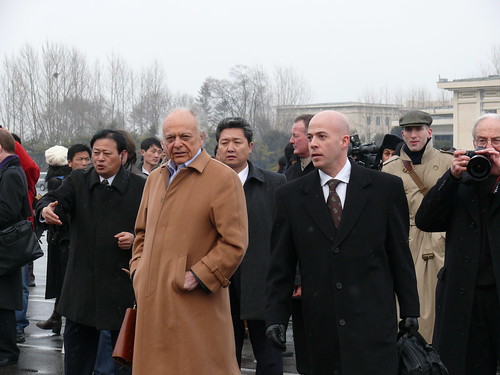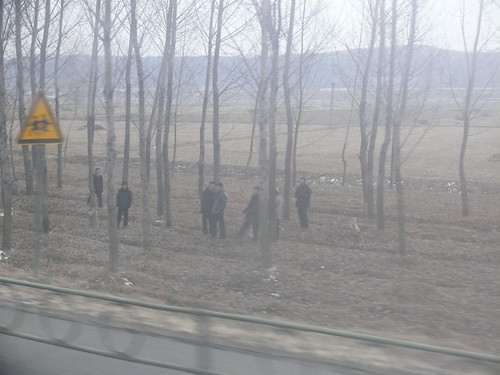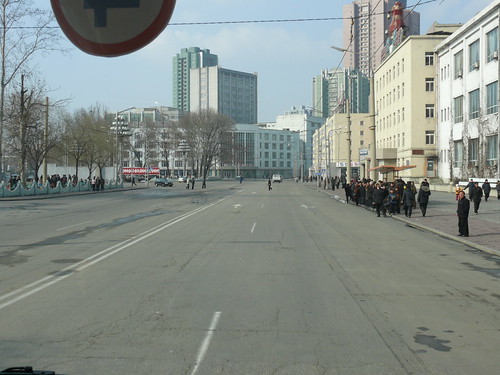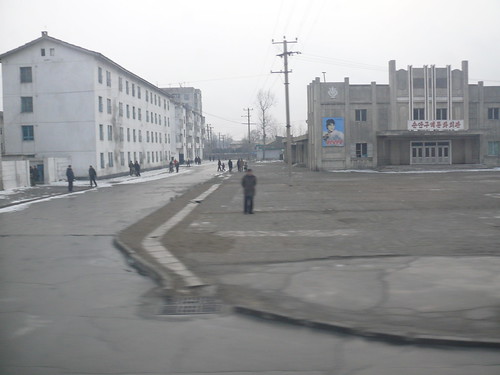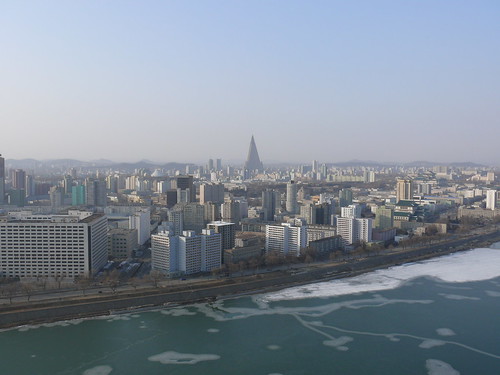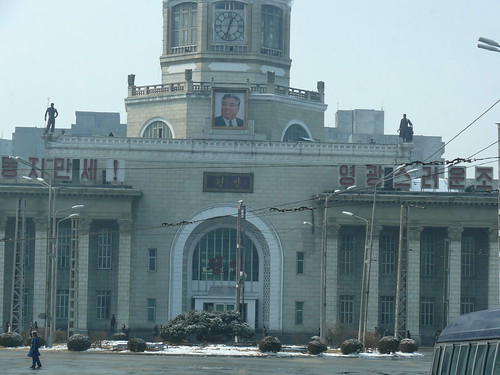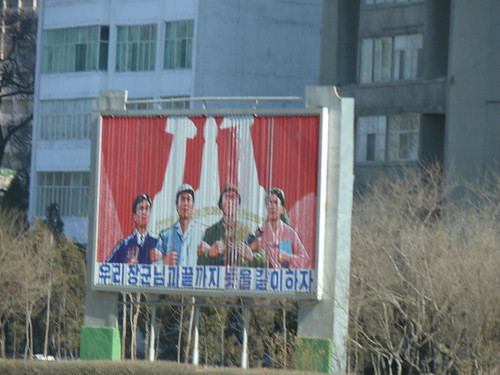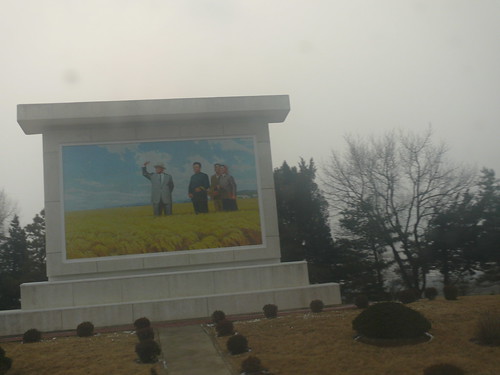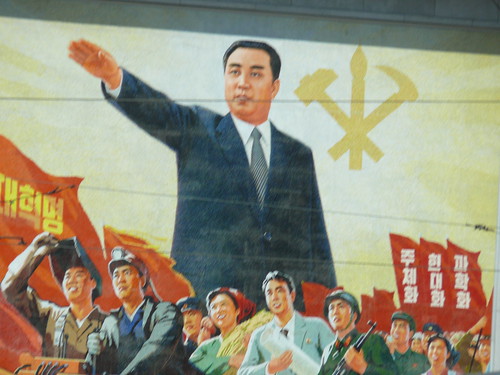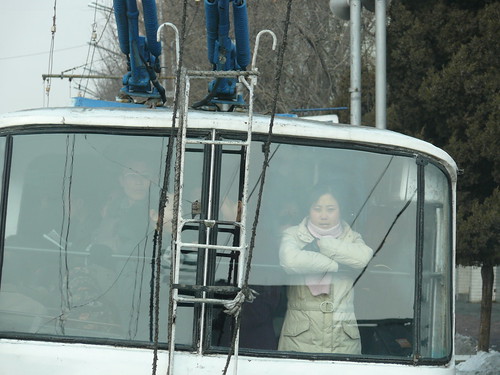A VIOLIST IN THE DPRK_ PART 2
Our first stop was the hotel, the Yanggakdo International. The hotel, one of three for foreigners in Pyongyang, was on an island, which certainly made it more difficult to sneak out for a walk undetected!
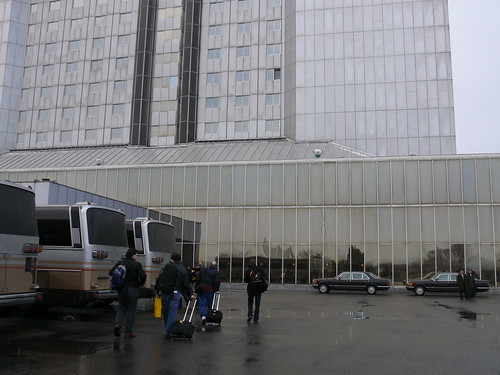

We were the only occupants of the huge hotel, and only the floors assigned to us were lit or heated. I was assigned to a drab room with two single beds, a basic bathroom, and a window overlooking the river.
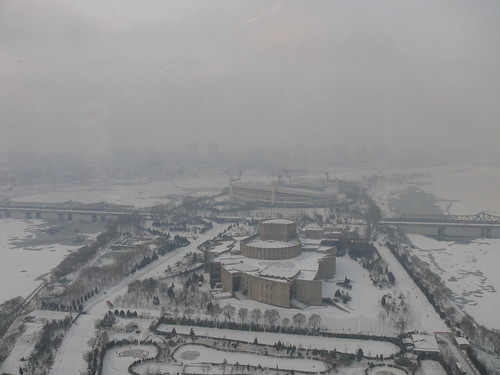
Since oil and electricity are in short supply, our management had made heat a condition of our visit, and my room certainly was heated: to 80 degrees! We later learned that the residents of Pyongyang had been deprived of most electricity and heat for over a month prior to our arrival so that there would be enough left for us. Even the trees along our route were decorated with lights and the important monuments were lit at night, all so that we would be impressed with how great a country the DPRK really is!
My room was decorated with a calendar opened to commemorate Kim Jung Il’s birthday in February. The North Korean calendar dates the year from the birth year of Kim Il Sung, so instead of 2008, it is Juche Year 96. When I turned on the TV I found the Kim Il Sung 24/7 channel, which broadcasts old newsreel with passionate narration all day long.
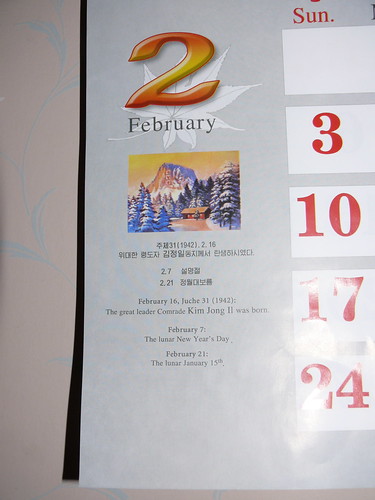
Since we had only 40 minutes until departing for a dance performance (“strongly recommended”) at the Culture Palace, I spent only a few minutes in my over-heated room before returning to the lobby. The elevators were a bit scary- they never lined up quite right with the floors, and stopped on random floors for no apparent reason. The doors would open on unoccupied floors, to provide a glimpse of the spooky unlit hallways. The lobby was garish. It was decorated with an enormous mural of Mt. Paektu, the alleged birthplace of Kim Il Sung, and by an aquarium much too small for its poor sole resident, an enormous Green Sea Turtle, an endangered species.
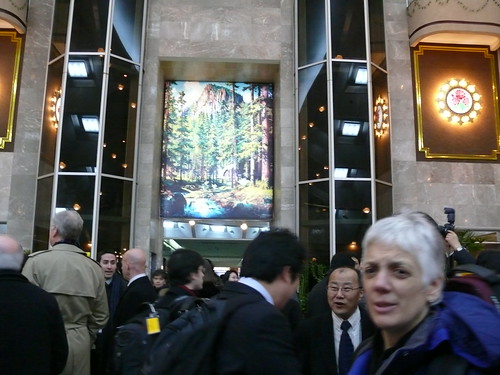
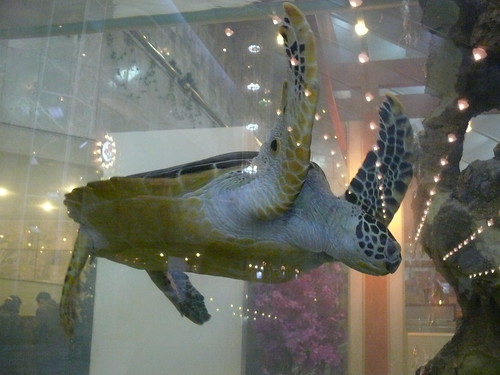
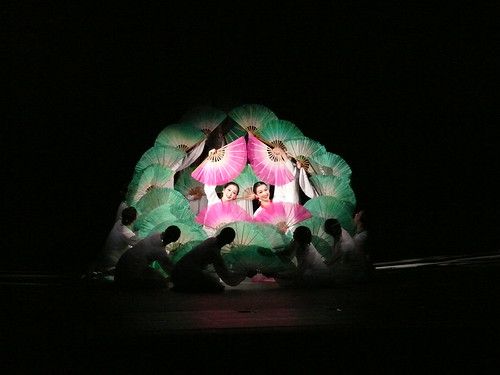
The show, a private performance for us, was spectacular. There was a live orchestra of mixed Western and Korean instruments.
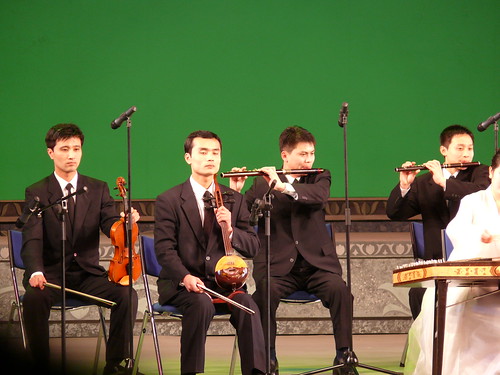
We were not able to go down to greet them, which turned out to be a harbinger of things to come. The dancers were great and the costumes were gorgeous. The music was in a kind of hokey Hollywood-esque style, based on Korean tunes. Both dance and music were superficial, but extremely well-executed. Only the last piece had an overtly political program which described the Korean triumph over the Japanese, although there was a lot of socialist-realist imagery throughout.


Ah, the happy peasants reaping the wheat!!
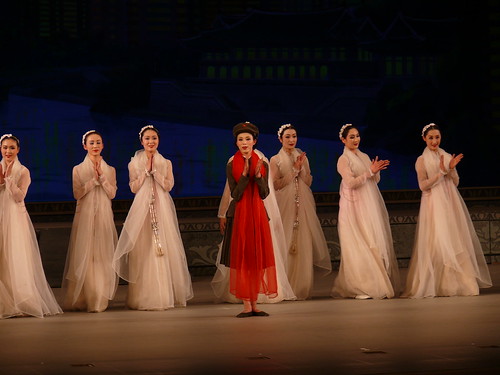

After the performance we were driven to a large banquet hall, where we were served a 19 course banquet, including ginseng liquor (pictured above), fish in aspic, fresh salmon, lamb, pheasant ball soup, cake, ice cream and much more. Maestro Maazel and the Minister of Culture were in attendance, though clearly not enjoying themselves much.
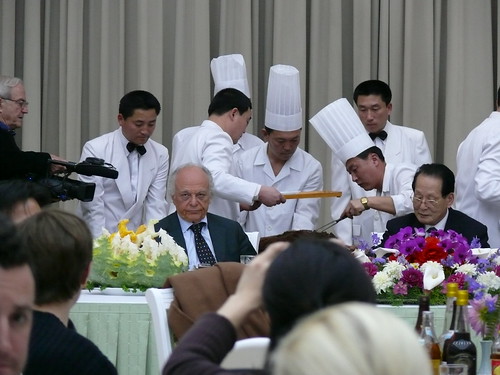
Although we were very hungry by this time, it was nonetheless difficult to take in the spectacle of so much food in a country where millions of people are starving and aid agencies have been evicted from the countryside. All of our meals were an extravagant waste of resources; any one of them could have fed thousands of people. The breakfast buffet the next morning was also completely over the top, with ice sculptures and brand new commercial espresso makers. Obviously our hosts were doing everything they could to impress us. The dilemma of whether it was ethical to feel grateful for the hospitality we were shown during our visit became a common source of discussion among the orchestra members. I personally found it hard to accept gratefully hospitality that came at such a high price.
Nonetheless, this was our first opportunity to get to know our minders, including Cha, pictured below with Hae Young Ham, a NYP violinist whose parents were born in Pyongyang but fled during the Korean War.
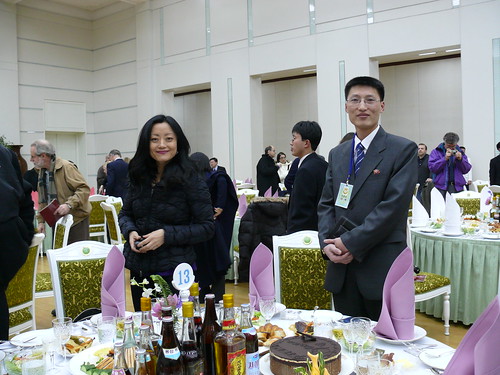
We had assigned tables, and mine had 3 musicians, a cameraman, and 3 minders. They all spoke beautiful English, but none had ever conversed with an actual English speaker before. They had learned entirely from tapes, which as any foreign language student knows, is a very difficult way to learn. We talked about their children, their wives, and their jobs outside of translating. One didn’t like his wife’s cooking. Another’s wife worked in a medical lab researching HIV, though when I asked him if there was any HIV in North Korea, he immediately denied it.
We talked about the performance we had seen, and were told that the “Dear Leader” himself had choreographed one of the dances, which was why it was so beautiful. That stopped conversation for a moment! Other colleagues at other tables had similar discussions, and my friend Lyn was told, “ You are supposed to be my enemy, but I feel as if you’re my sister”. Another colleague was grilled aggressively about what he knew about the great accomplishments of the “Dear Leader”. Yet another was slipped a note asking her to send DVDs and CDs. Everyone had a different and interesting experience, except for those whose minders turned out not to know any English after all! It was rough going in some cases, but human connections were made.
During the drive back to the hotel, the poor living conditions became obvious. We could see into the apartments along the way. Each had gray walls, a single bare bulb hanging from the ceiling, and, as decreed by the government, twin portraits of the Dear and Great Leaders hanging on the wall as the sole decor. In addition, though we couldn’t see it, every North Korean home has a radio permanently installed with the official channel playing during all waking hours. They can turn it down, but not off. Upon returning to my room, I looked out the window to see that other than the route we had just traveled, the city was almost entirely dark.
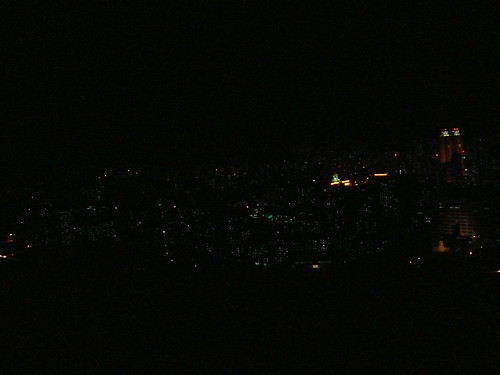
I spent a restless night in my oppressive room, grabbed a bowl of cereal and a cup of coffee and then we were driven to the East Pyongyang Grand Theater for our dress rehearsal. The original idea was that the rehearsal would be open to music students and professional musicians, and that at the end a presentation of supplies (strings, reeds, sheet music etc) would be made to the conservatory. We would then mingle with the students after the presentation.
We were to rehearse in full dress, since the camera crew would be taping. Before our arrival, the North Korean crew had built a wooden shell for the stage to improve the sound- a feat which they accomplished in a mere 15 days, and was so well-done that it appeared to be part of the original theater.
In reality, the audience consisted of 1200 carefully chosen Pyongyang residents, and there were very few students there. They obviously were under the impression that it was a concert, and who could blame them? The audience began to leave immediately when the rehearsal/concert was over. After a good deal of confusion, the presentation was eventually made to 4 students selected for the occasion, and who were afraid to smile, look at us, or speak.
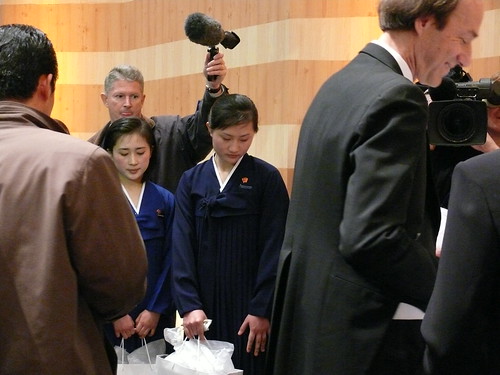
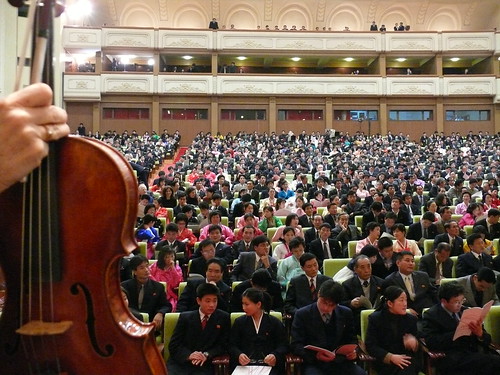
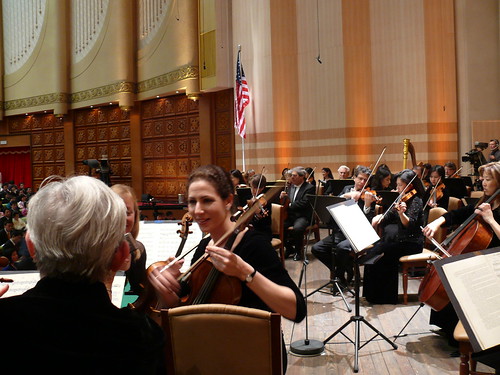
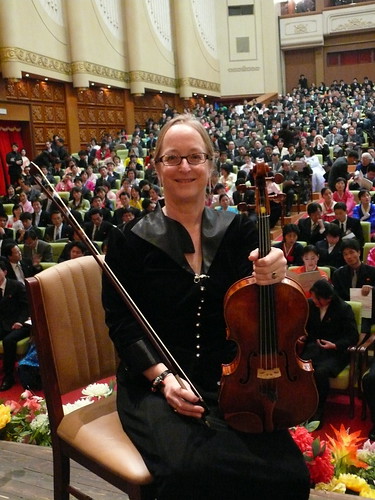
After the rehearsal we returned to the hotel for a brief rest. A few friends and I used the time to go for a brief walk. One colleague had attempted early in the morning to go for a jog, and had been turned around at the hotel gate by 2 guards with machine guns, so we only walked on the entry road.

There was a woman walking behind us (not the woman in the picture- that's Betsy!), and after a few minutes we suspected that she was following us. Sure enough, when we turned around so did she, and I swear I saw her duck into the bushes just like an old 1940s spy movie!
Then we were loaded on the bus again for “sightseeing”, which turned out to be a visit to the Central Korean History Museum, where we were urged to bow to a statue of the Great Leader (we didn’t).

We were shown various Stone Age artifacts, and taken around a gallery of photos and paintings of the “Dear Leader”.

There was not time for what might have been really interesting- an account from their viewpoint of recent history! Interestingly, both the press and the patrons were taken for a more substantive tour of the sights and to the Korean War Museum, which celebrates the Korean victory over the US Imperialists, and depicts US atrocities against Korean civilians.




